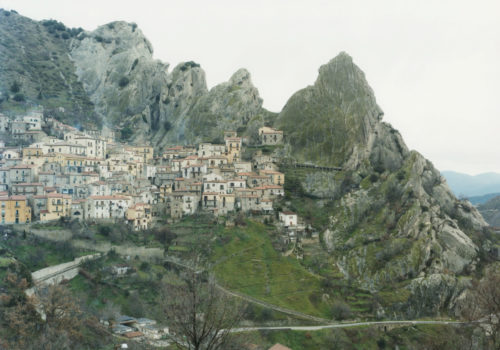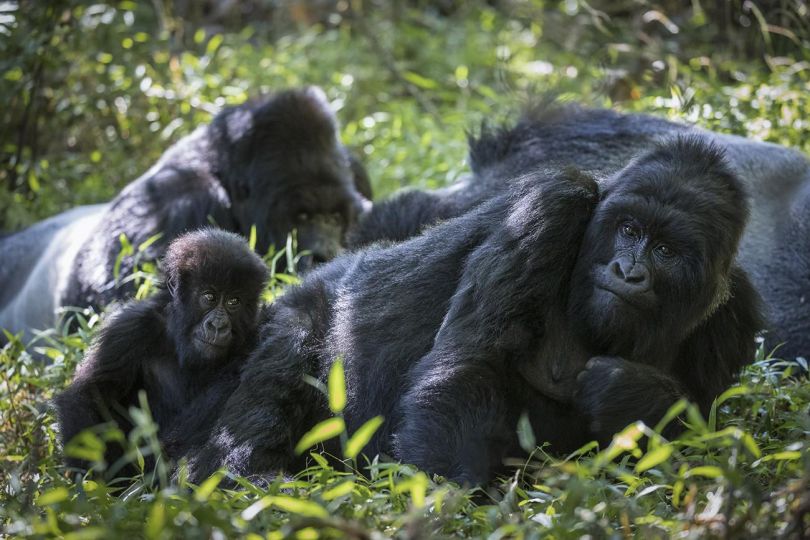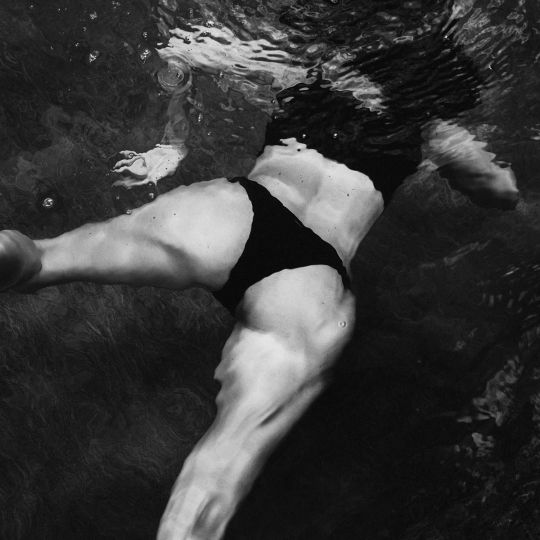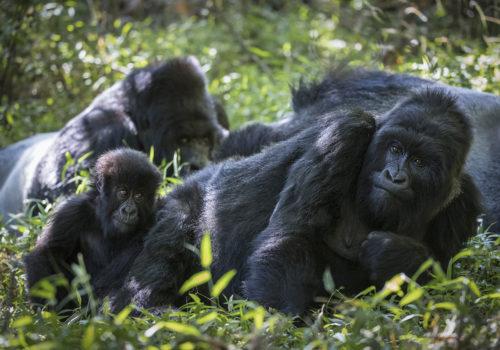On the 3rd of September in Castelmezzano, Italy, opened Outer edges of some buried age. An exhibition curated by Chiara Capodici and Fiorenza Pinna featuring the work of photographer Domingo Milella. The exhibition takes place at Palazzo Coiro, an old aristocratic palace in the centre of the village, and it is visible only by daylight.
Outer edges develops around the concept of landscape, identity and memory referencing Pier Paolo Pasolini’s notion of Post-history as the acknowledgement of an inevitable clash of ancient and modern times in a society that is slowly losing any sense of community and belonging.
“I am a force of the Past. My love lies only in tradition. I come from the ruins, the churches, the altarpieces, the villages abandoned in the Appennines or foothills of the Alps where my brothers once lived […] Or I see the twilights, the mornings over Rome, the Ciociaria, the world, as the first acts of Post-history to which I bear witness, for the privilege of recording them from the outer edge of some buried age.”
This site-specific exhibition moves from a study on the identity of the village of Castelmezzano and reaches out to the countries and the populations that settled along the coast of the Mediterranean Sea—Italy, Egypt, Turkey, Greece—and Mexico in search of territories marked by a similar ancient history and cultural experience of the landscape.
In his journey Domingo Milella explores and compares the different expressions of a sense of belonging and community which leaves a legacy that, impressed on the stones, determines the face of the landscape. Territory and identity are considered part of a collective history and memory that connect these cultures throughout the globe.
Domingo selects specific places and stories following a fil rouge that takes him on a historical pilgrimage from Castelmezzano to Mexico via the regions of Southern Italy and the Anatolia. The images of the rupestrian settlements in Phrygia, Cappadocia, Giza, Polignano, or Mexico City all reveal how deeply intertwined the relationship between man and nature has been over the years.
The Arabs took advantage of the natural architecture of Pietrapertosa to preserve the safety of their community. They used to take refuge in the hole of the mountain that overlooks the town—after which Pietrapertosa was named—to observe without being seen. Similarly, the image of the Tomb of Midas depicts the encounter of nature with archaic and modern civilisation. The tomb, as a symbol of the myth, is carved in the stone while a person holding a digital camera stands in front of it photographing the monument. Lastly, Mexico City which is represented as a crossroad of three different cultures—the Aztec, the precolonial and the modern state—all of which indelibly imprinted their own identity onto the face of the city.
The interventions of man shaped the landscape the same way as the landscape influenced the development and the identity of the society.
Elisa Badii
Domingo Milella, Outer edges of some buried age. A view from Castelmezzano: rupestrian cultures in the Mediterranean region and beyond
Until October 3, 2011
Palazzo Coiro
Castelmezzano
Potenza
Italia
















